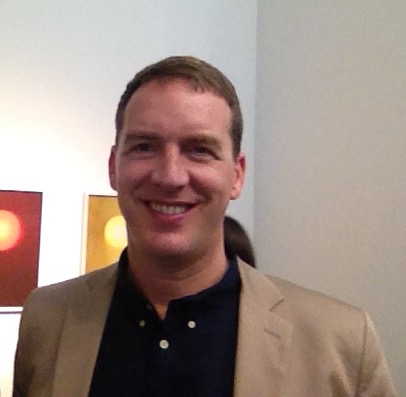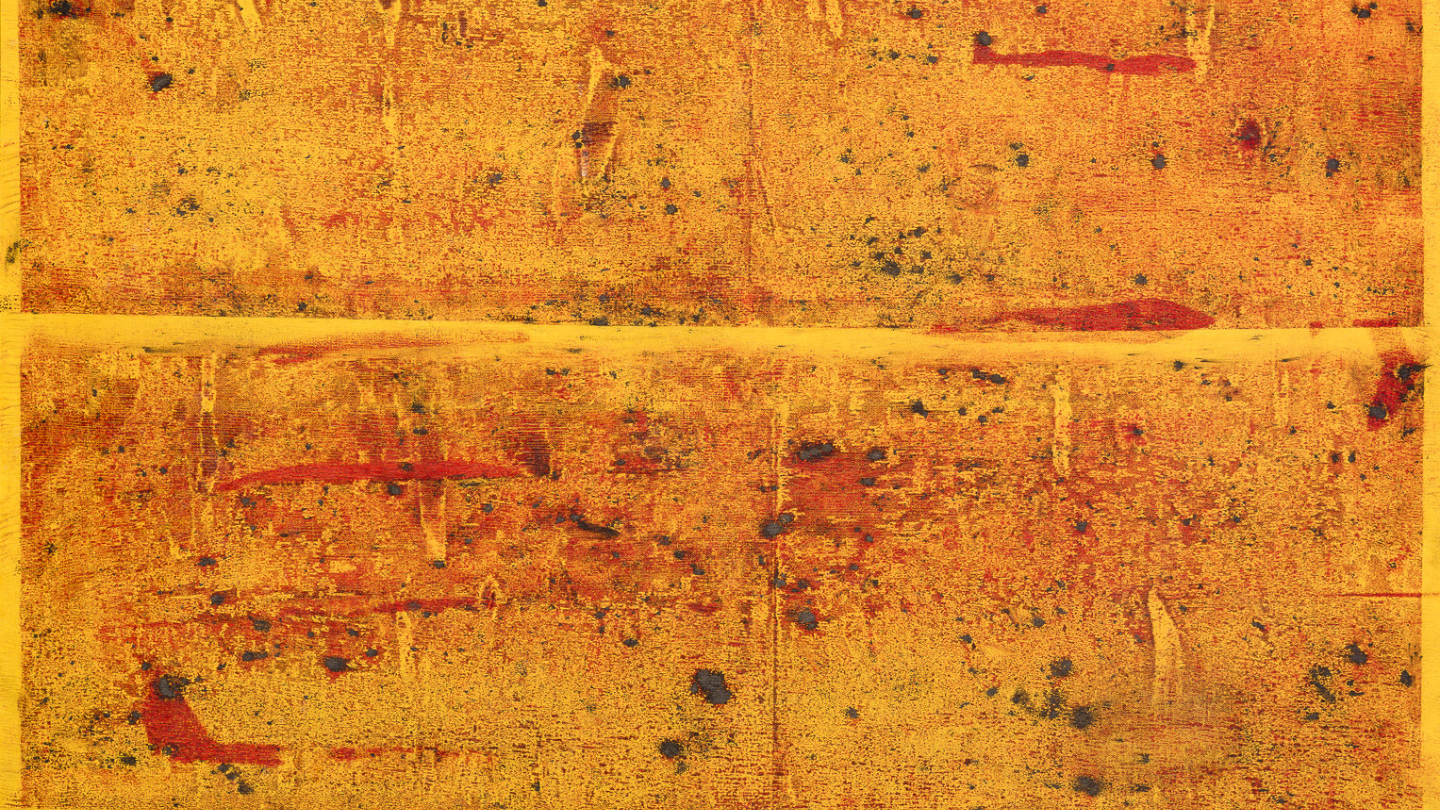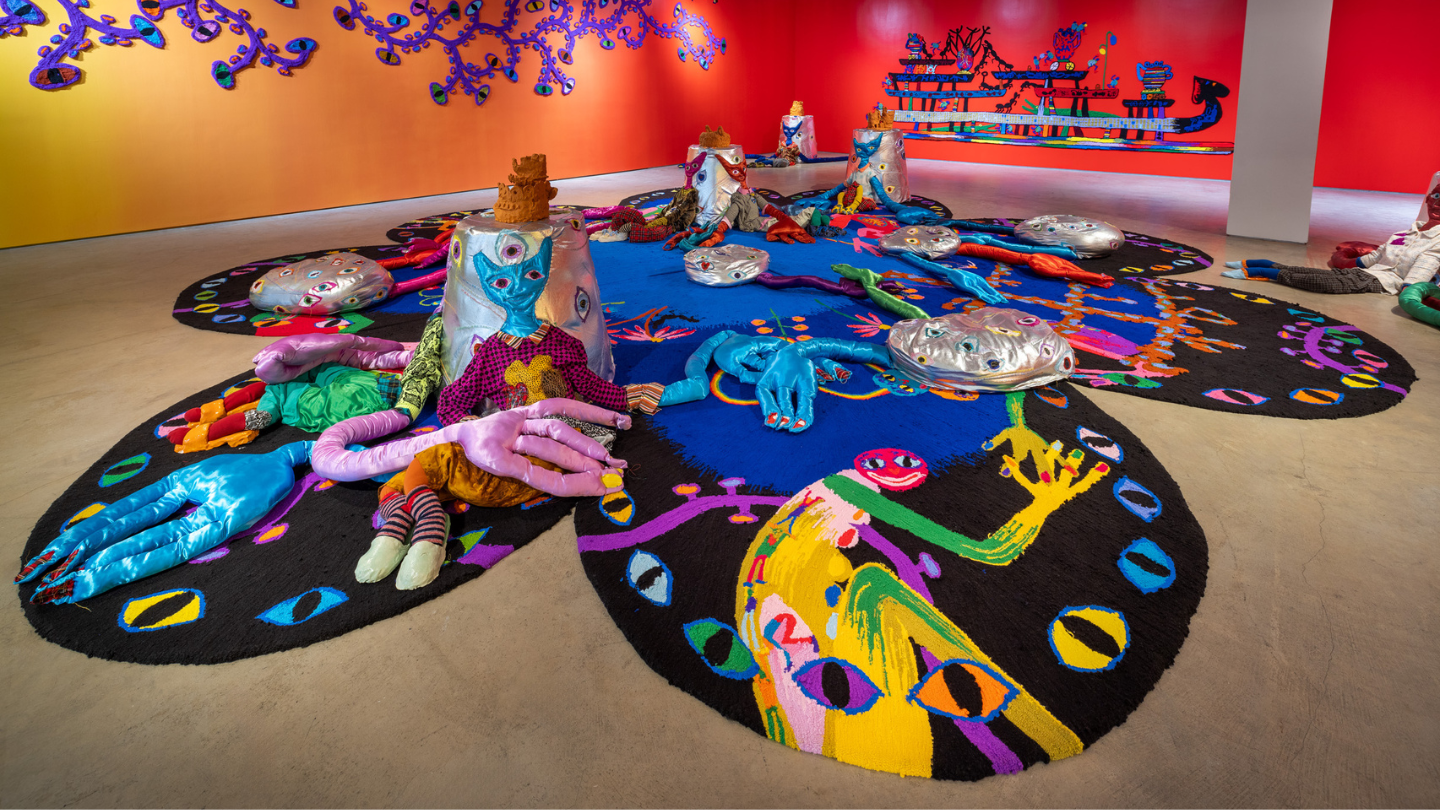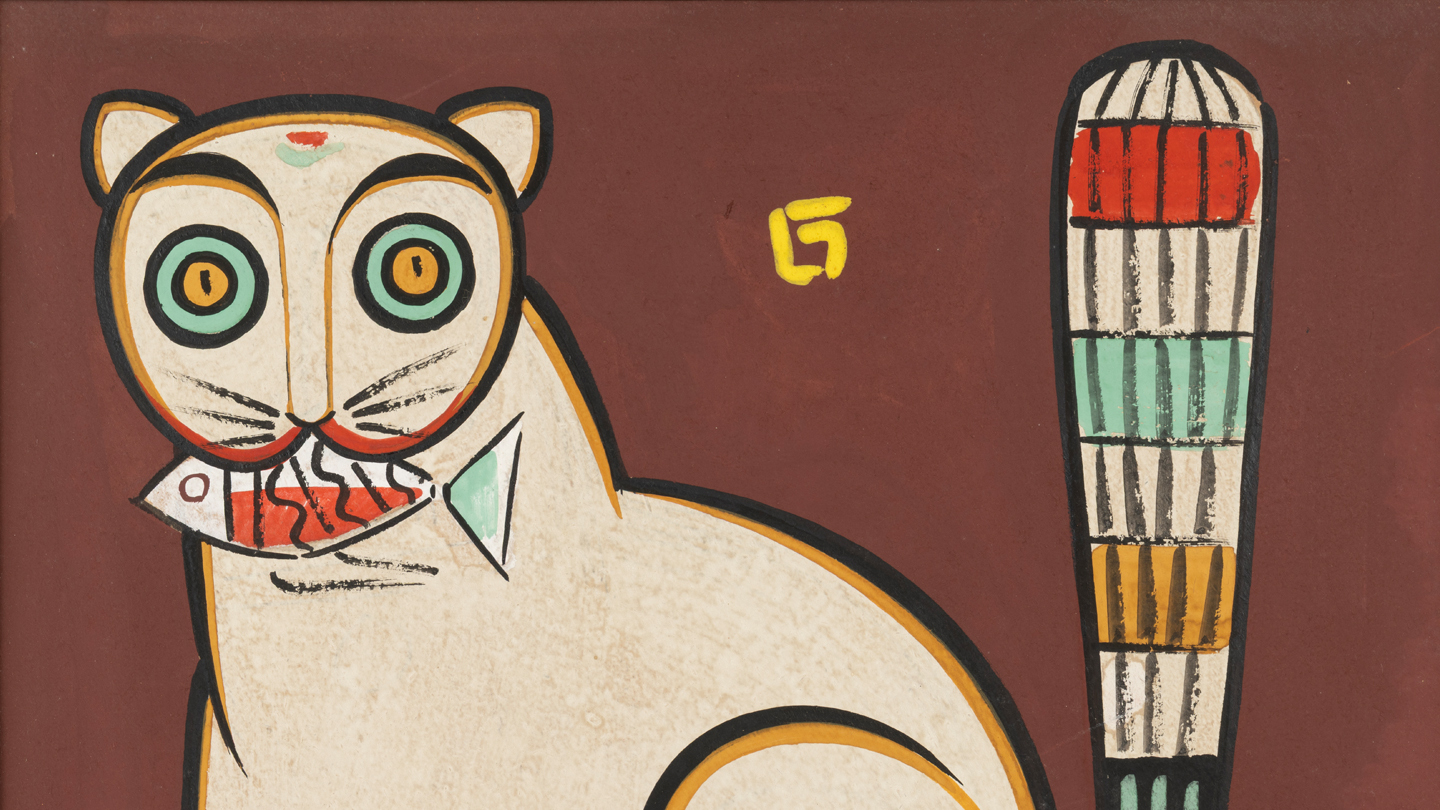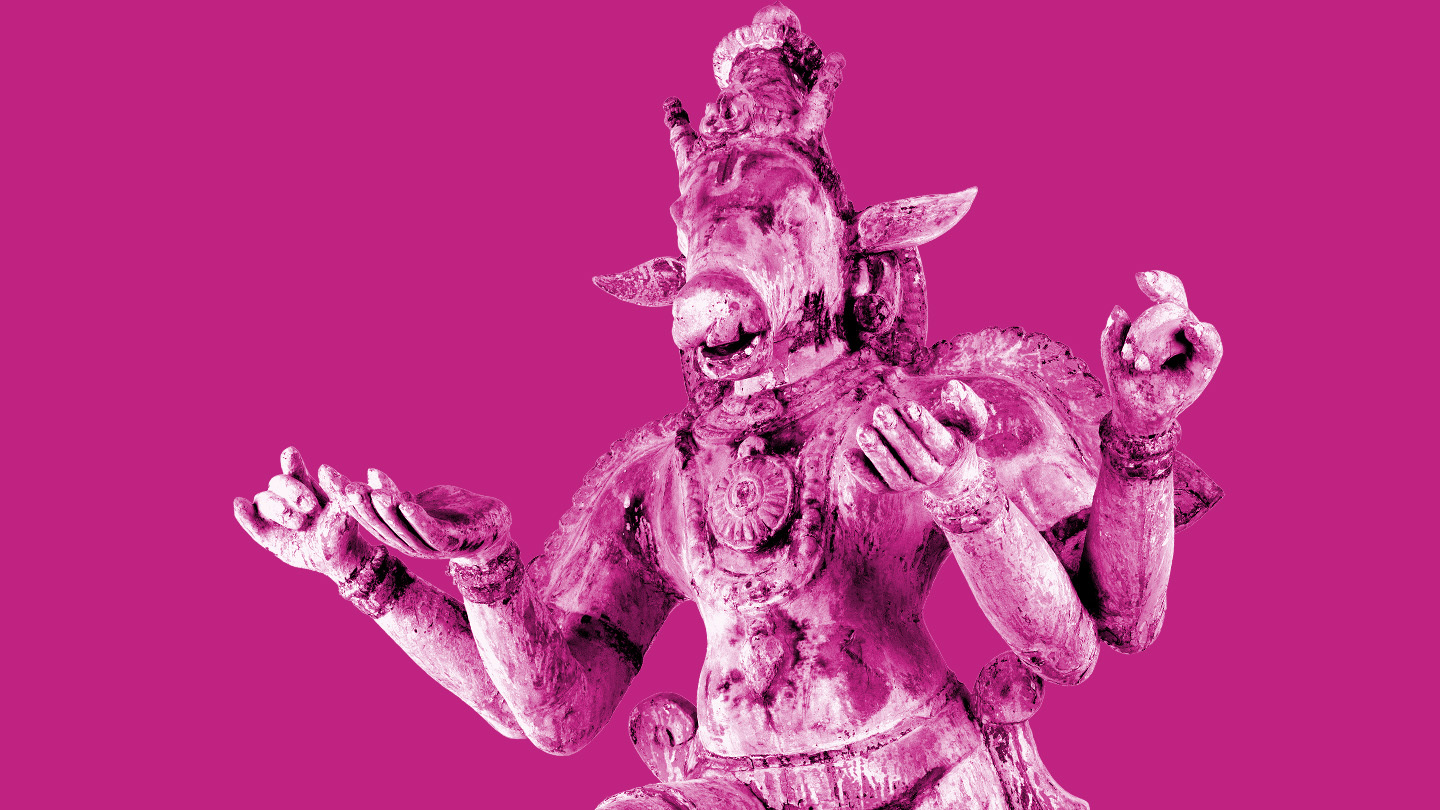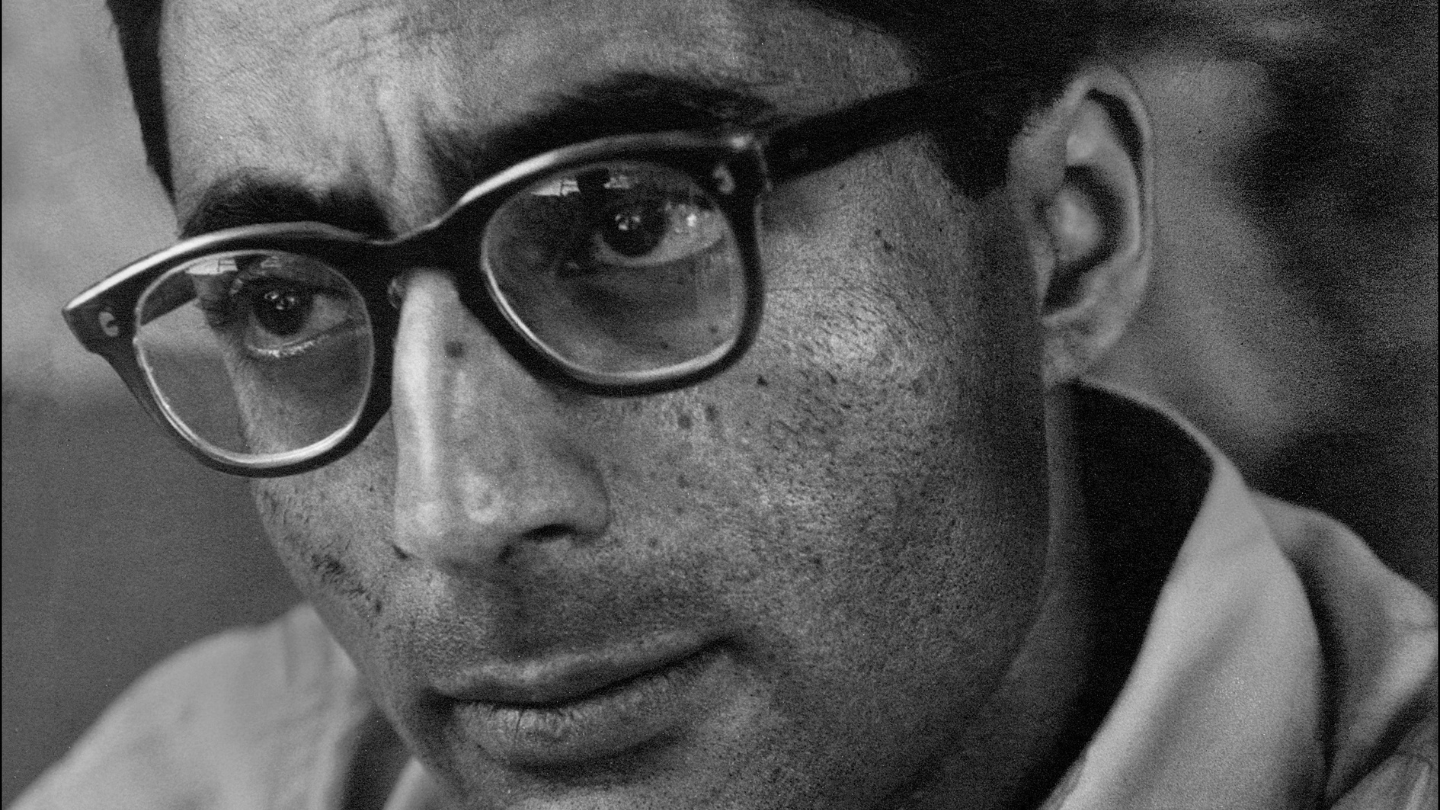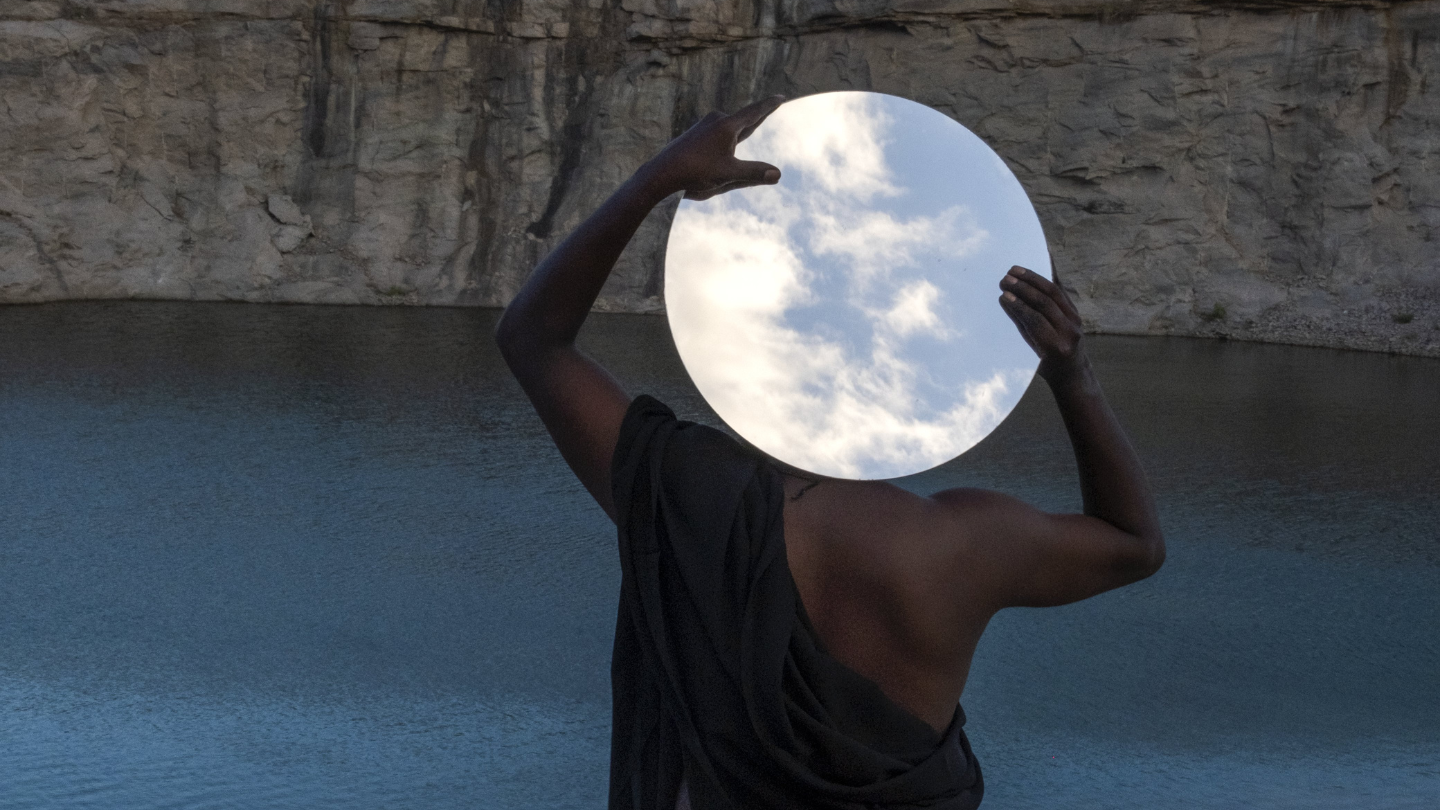Exhibitions
Eckart Muthesius and Manik Bagh – Pioneering Modernism in India
“Who would have thought that the meeting between a young Berlin designer and architect, who was just starting out in his career, and the twenty-year old yet already extremely sophisticated maharaja would be this fruitful? After all, the two like-minded friends were art-loving and travelling aesthetes, both unconventional and open to the adventure of Modernism.” – Raffael Dedo Gadebusch, Eckart Muthesius and Manik Bagh Pioneering Modernism in India
Eckart Muthesius and Manik Bagh – Pioneering Modernism in India is an exhibition that presents rare, vintage photographs of Manik Bagh by its architect Eckart Muthesius, portraits and photographs by Man Ray and Emil Leitner, alongside lesser-known watercolour paintings and design studies by Muthesius.
In 1929, the residential palace Manik Bagh (trans. Gem Garden or Ruby Garden) was commissioned by the then Maharaja of Indore, Yashwant Rao Holkar II (1908-1961) and his wife, Maharani Sanyogita (1914-1937). When completed in 1933, it set a precedent for introducing western modern aesthetics into Indian architecture and culture.
Inspired by the Bauhaus movement prevalent in Germany, the Maharaja and Maharani had invited their friend, German architect, Eckart Muthesius to realise their dream home in Indore. Muthesius designed and innovated, fuelled by the Bauhaus spirit and his choice to incorporate Bauhaus functionalism into the design of Manik Bagh can be seen in multiple places– treating the palace walls with glass dust instead of using wall paper (keeping India’s humid weather in mind); creating curved awnings over windows, keeping in mind the rain; and more.
Visit Eckart Muthesius and Manik Bagh – Pioneering Modernism in India to learn more about Manik Bagh, an icon of Modernism in India that merges architecture, art, design and crafts, carrying the spirit of Bauhaus.
This is the first of three exhibitions as part of In Situ, In Residence, an upcoming exhibition series on architecture which focuses on plural interpretations on the idea of home. Through the influences of culture, tradition and climate, this series explores intimate and often overlooked perspectives of residential architecture in Indian and international contexts.
This travelling exhibition, curated by Raffael Dedo Gadebusch, from the Museum für Asiatische Kunst, Berlin, in partnership with the German Consulate General, Bengaluru, will be housed at MAP, Bengaluru. Additionally, the exhibition will be accompanied by an educational, visual catalogue edited by Raffael Dedo Gadebusch with scholarly essays by him and Prahlad Bubbar.
Acknowledgments:
1. Museum für Asiatische Kunst (Museum of Asian Art, Berlin), Staatliche Museen zu Berlin
2. Prahlad Bubbar & Taimur Hassan
3. The German Consulate in Bengaluru
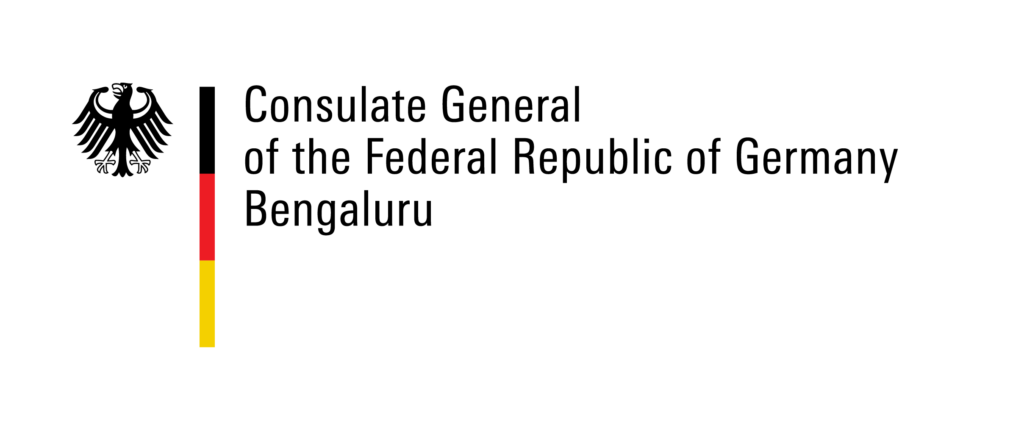

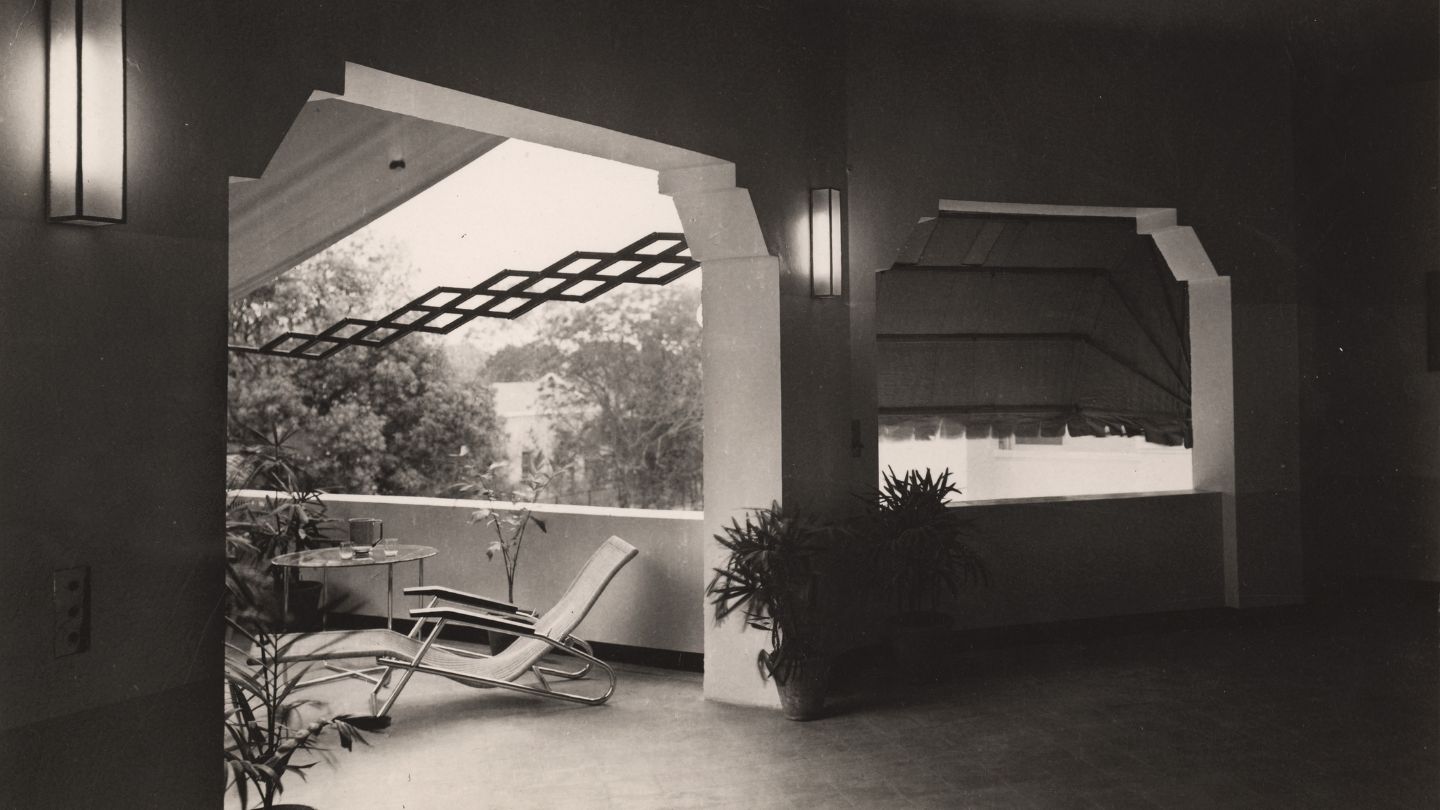
Eckart Muthesius. View of one of the verandas with design pieces by Louis Sognot, Charlotte Alix and Marcel Breuer. 1933. Shubha & Prahlad Bubbar Collection.
